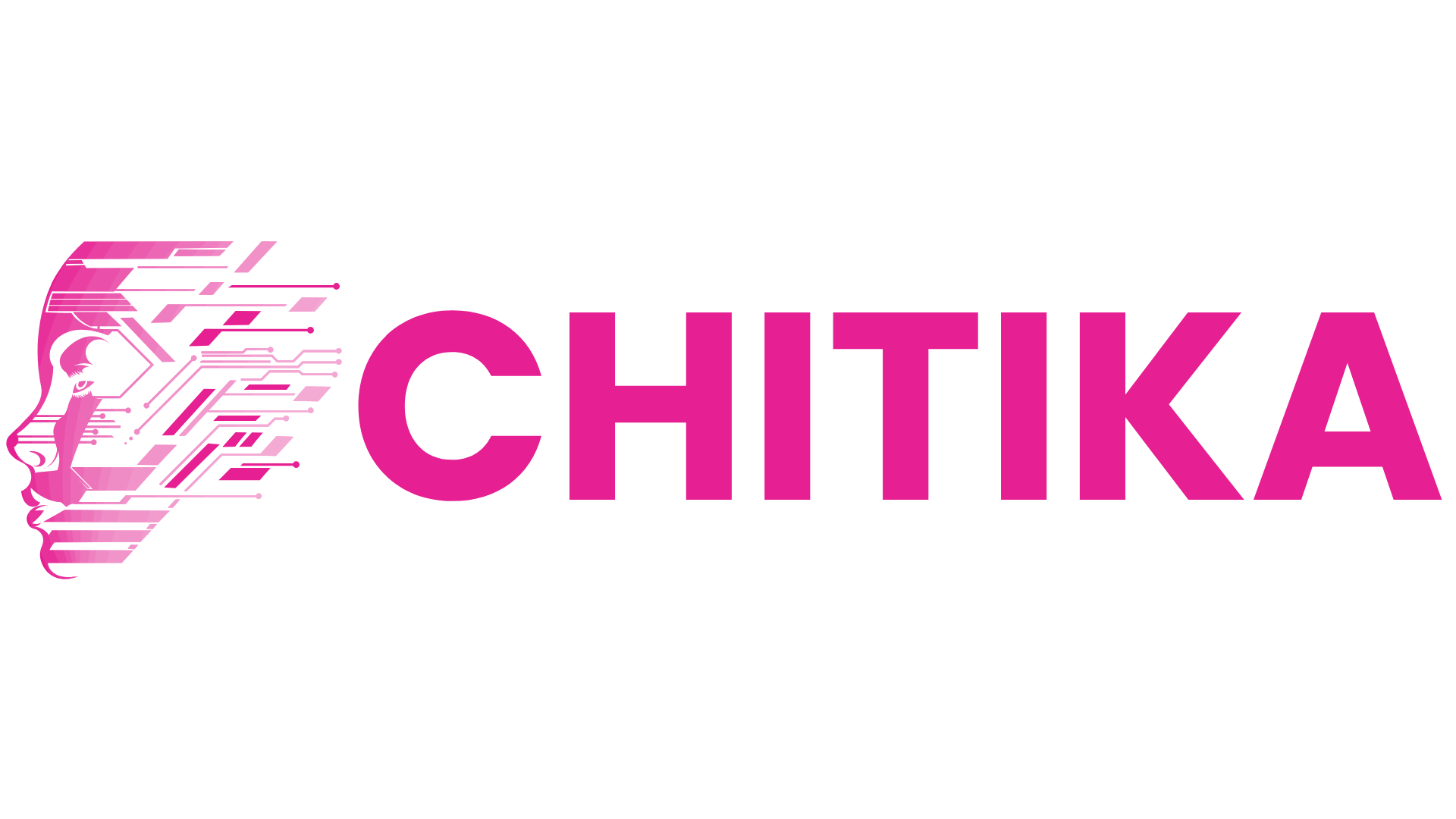The DeepSeek Cost Revolution: How 97% Cheaper API Calls Are Reshaping RAG Architecture Design
DeepSeek's 97% cost reduction in API calls is reshaping RAG architecture. This guide explores how lower costs enable more efficient, scalable AI models and what it means for developers optimizing retrieval-augmented generation systems.
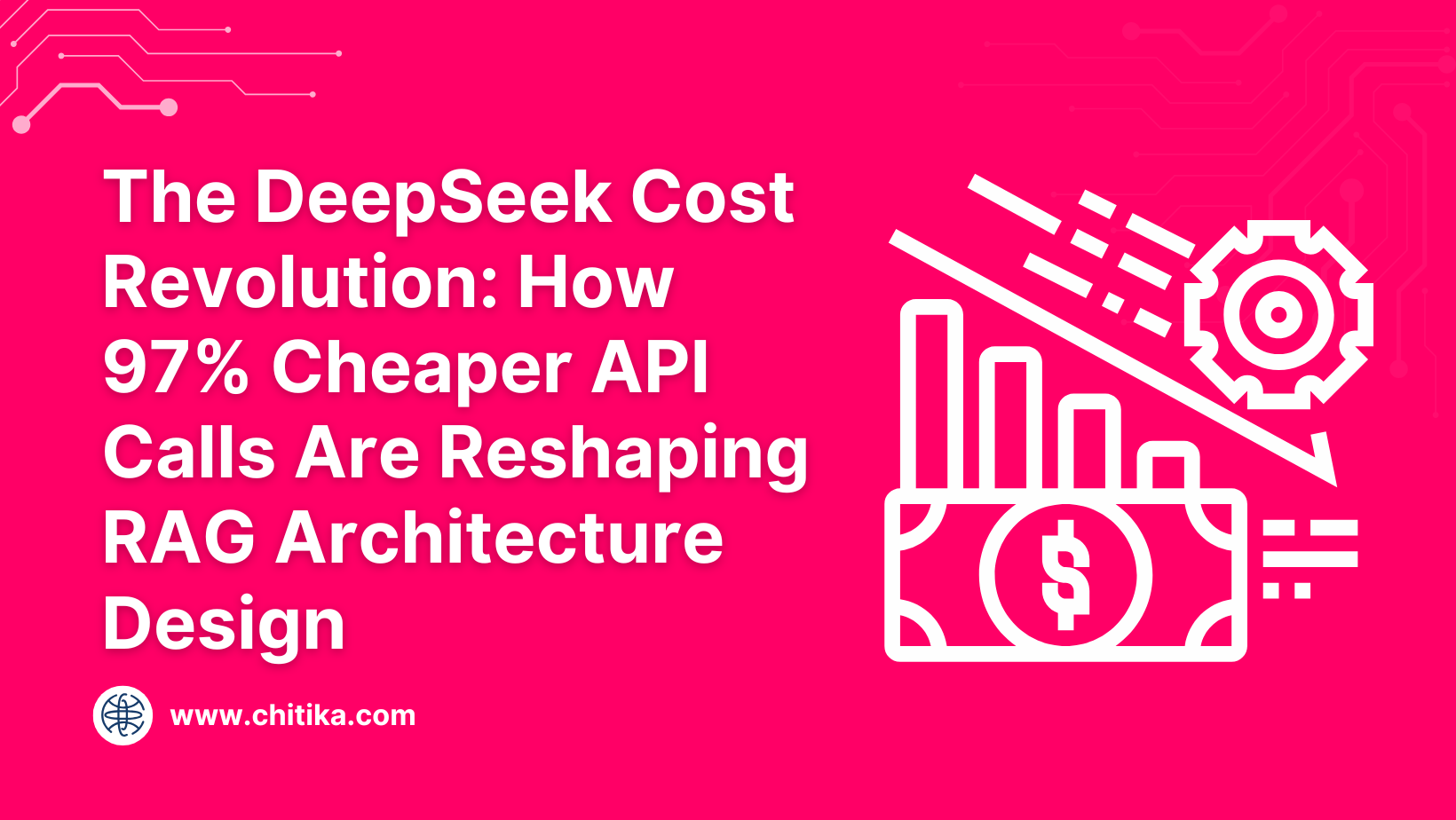
Imagine running 27 times more AI queries for the same budget.
Sounds like a pipe dream, right? Yet DeepSeek’s R1 model has made this a reality, slashing API costs by a staggering 97% compared to industry giants like OpenAI.
At just $0.55 per million tokens, the economics of Retrieval-Augmented Generation (RAG) are being rewritten, forcing enterprises and startups alike to rethink what’s possible in AI deployment.
This isn’t just a story about cost savings. It’s about how a breakthrough is reshaping the architecture of AI systems, challenging assumptions, and opening doors to opportunities and risks we’ve barely begun to understand.
Understanding the Cost Dynamics of API Calls
Imagine running a marathon but paying for every step. That’s how API costs used to feel for developers building RAG systems.
Every token processed came with a price tag, forcing teams to make tough trade-offs between performance and affordability. DeepSeek’s 97% cost reduction flips this script entirely.
Developers can now process vast datasets at $0.55 per million tokens without breaking the bank.
For example, a startup experimenting with embedding alignment might previously limit iterations due to cost constraints. Now, they can afford to test dozens of vectorization strategies, unlocking better retrieval accuracy. This isn’t just a financial win—it’s a creative one.
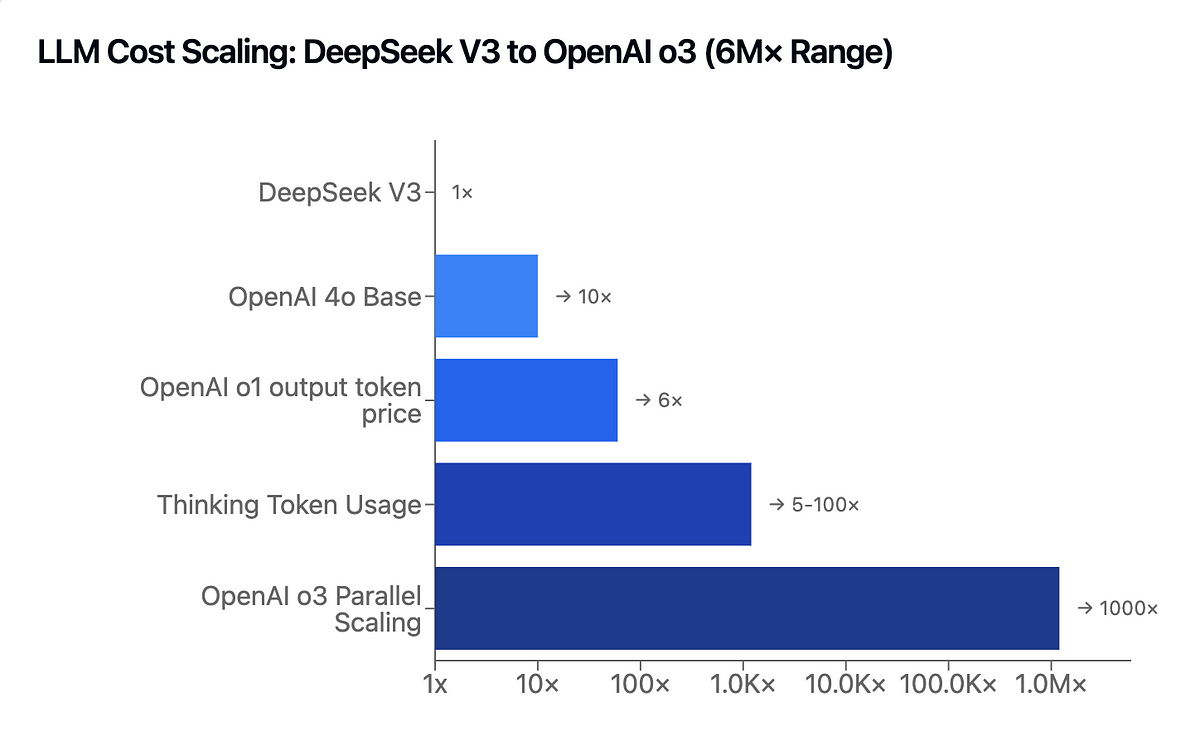
Traditional Cost Structures in API Usage
Before DeepSeek, API pricing was like a toll road—every query added up, and the longer the journey, the steeper the cost.
Developers often faced a dilemma: optimize for fewer API calls or sacrifice performance. This trade-off stifled innovation, especially for startups with limited budgets.
Take Retrieval-Augmented Generation (RAG) systems, for example. Traditional cost structures penalized iterative processes like embedding tuning or multi-step retrieval.
A healthcare AI company might limit retrieval depth to save costs, risking less accurate outputs in critical applications like diagnostics. A system that’s functional but far from optimal.
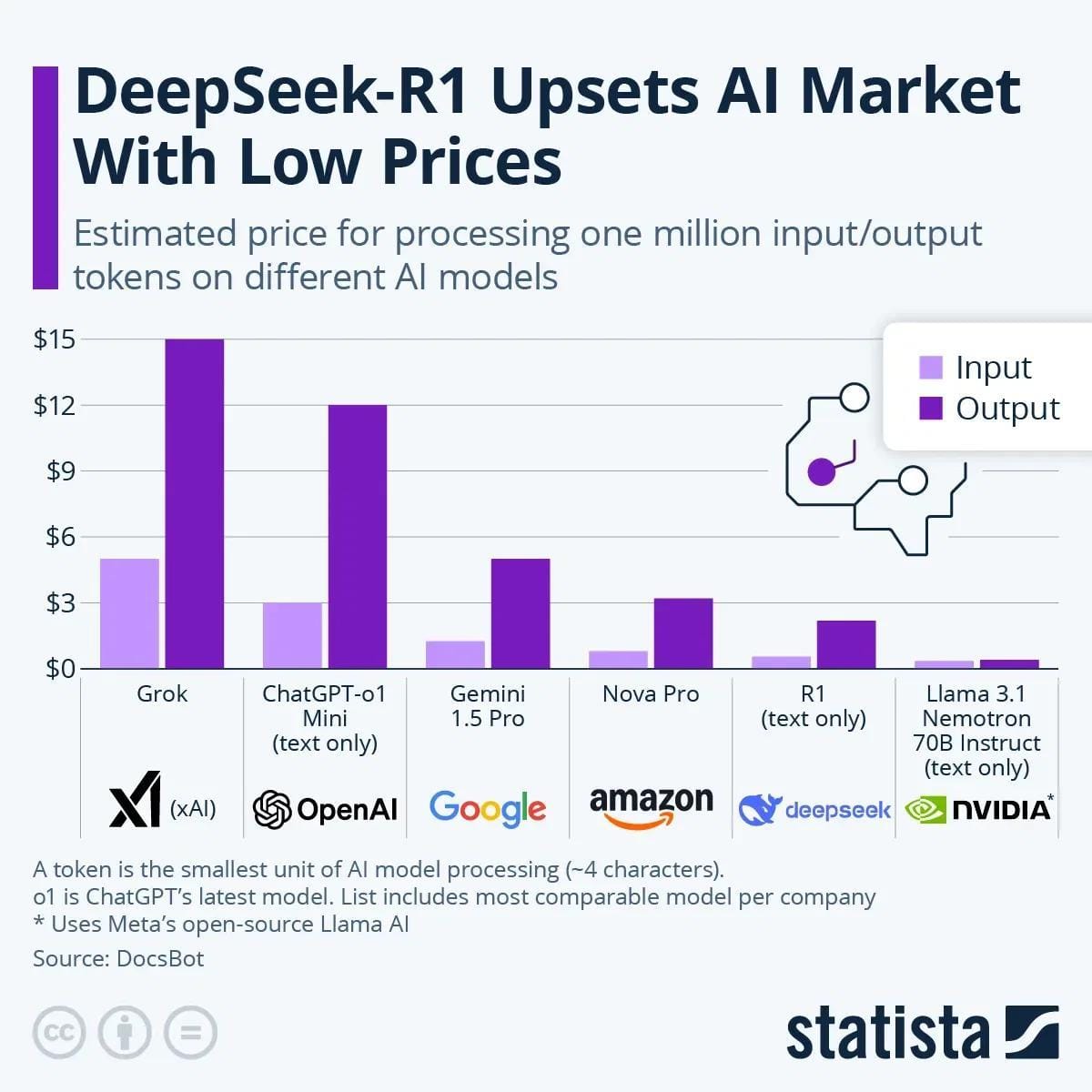
DeepSeek’s Innovation: Making API Calls 97% Cheaper
Having API costs slashed by 97% isn’t just a discount; it’s a paradigm shift.
Suddenly, what was once a luxury—like extensive RAG experimentation—is now accessible to startups and small teams.
Take customer service bots, for example. A mid-sized e-commerce company can now afford to process millions of queries daily, offering real-time, personalized support without breaking the bank. This leveled the playing field, allowing smaller players to compete with tech giants.
However, being cheaper doesn’t mean having lower quality—DeepSeek’s performance rivals top-tier models, proving that affordability can drive innovation.
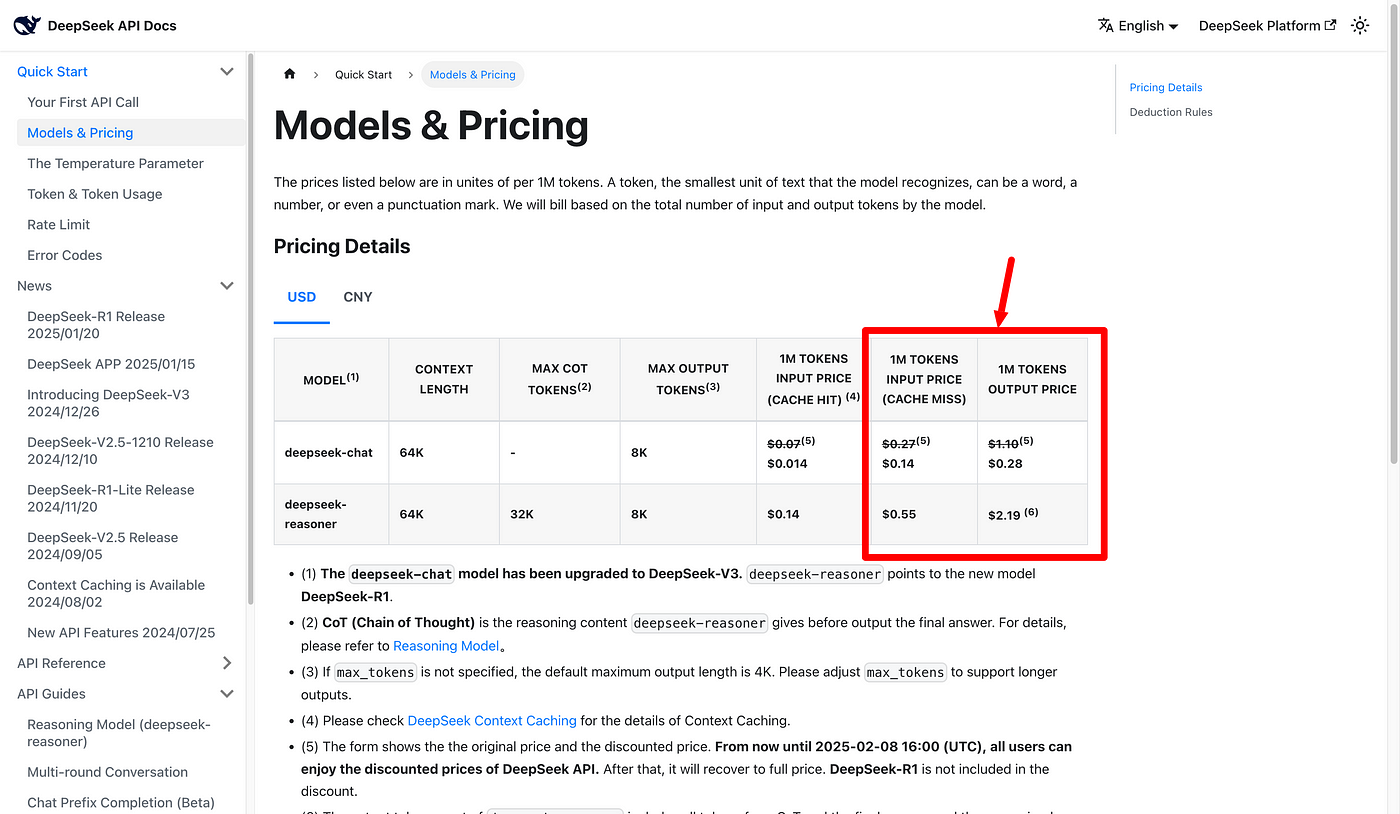
Technological Advances Behind DeepSeek
DeepSeek’s secret weapon? The Mixture-of-Experts (MoE) architecture.
Unlike traditional models that activate all parameters for every task, MoE selectively engages only the most relevant “experts” within the model. This approach slashes computational costs while maintaining high performance, much like hiring specialists for specific tasks instead of a generalist for everything.
MoE doesn’t just save money—it boosts efficiency. For instance, in autonomous vehicles, DeepSeek processes LIDAR and camera data faster, enabling real-time obstacle detection. This precision isn’t just theoretical; companies like BYD and NIO are already leveraging it to enhance urban navigation.
Comparative Analysis with Traditional API Providers
By enabling high-volume, high-precision queries without breaking the bank, DeepSeek eliminates a common dilemma among those relying on traditional API providers: do you prioritize affordability or performance?
DeepSeek’s affordability allows startups to experiment with iterative tuning—a luxury previously reserved for tech giants.
For example, a small e-commerce platform can now afford to run extensive A/B tests on personalized product recommendations, refining embeddings for better customer engagement. This wasn’t feasible when API costs hovered at $15 per million tokens.
Impact on Retrieval-Augmented Generation (RAG) Architecture
DeepSeek’s 97% cheaper API calls are doing more than slashing costs—they’re rewriting the rules of RAG architecture design.
Traditionally, developers had to limit retrieval depth or compromise on embedding quality to stay within budget. Now, with API costs as low as $0.55 per million tokens, those constraints are evaporating.
There’s a significant impact on dynamic retrieval strategies. Developers can experiment with hybrid search methods—like combining dense vector retrieval with keyword-based filtering—without worrying about skyrocketing expenses.
For instance, a healthcare startup can now fine-tune its RAG system to retrieve precise clinical data, improving diagnostic accuracy while staying cost-efficient.
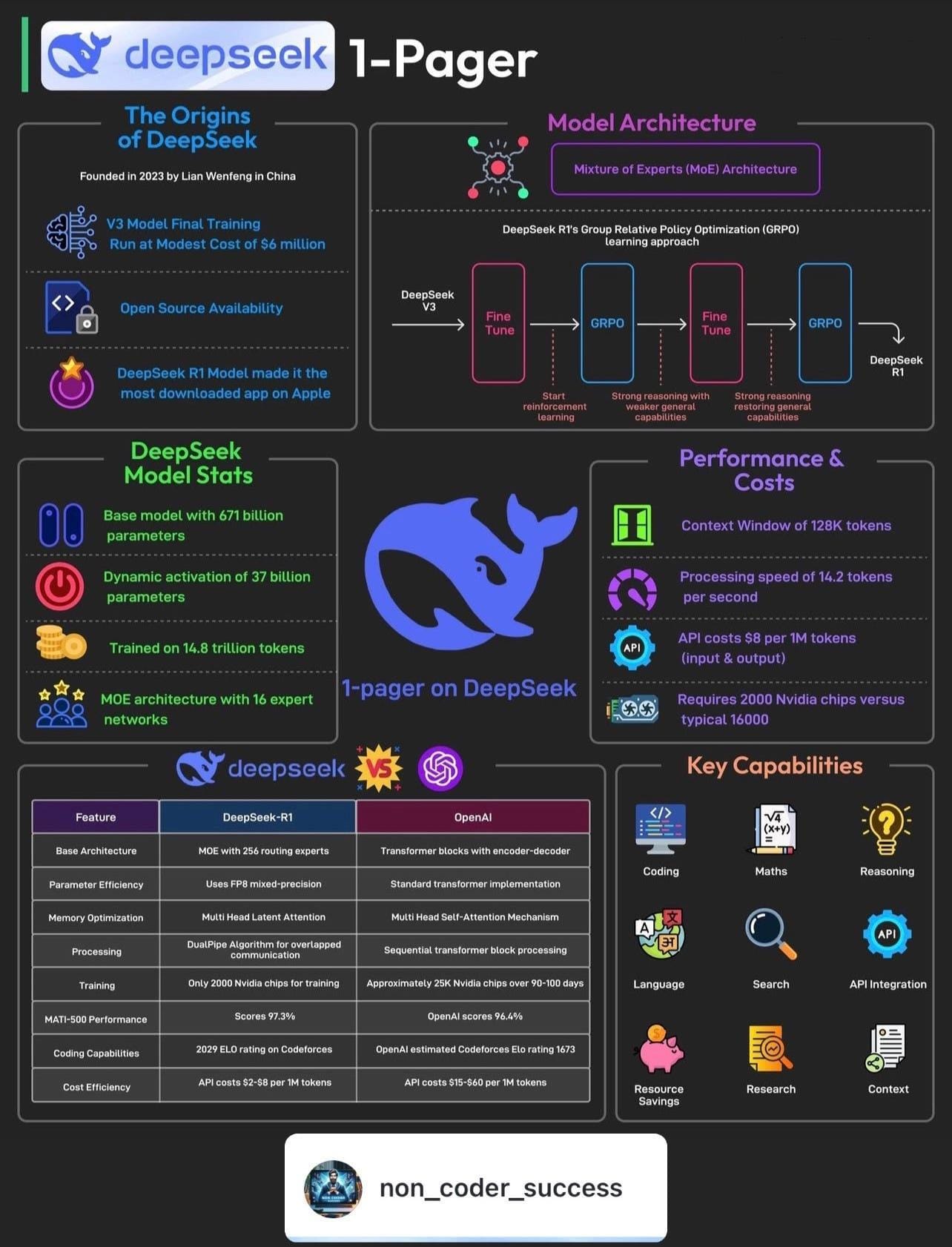
Enhancing Data Retrieval Efficiency
DeepSeek’s cost revolution enables a shift from static to adaptive retrieval pipelines, where efficiency isn’t just about speed—it’s about precision.
Using cheaper API calls, developers can implement iterative query refinement, a process where initial results inform subsequent queries to zero in on the most relevant data.
This approach, once cost-prohibitive, is now practical for industries like finance, where pinpoint accuracy in market trend analysis can make or break decisions.
A key factor here is embedding diversity.
Instead of relying on a single embedding model, teams can afford to test multiple embeddings tailored to specific data types. For example, e-learning platforms can optimize retrieval for both technical manuals and conversational content, improving user experience across diverse audiences.
Cost-Benefit Analysis in RAG Workflows
Query optimization is another game-changer in RAG workflows.
Traditionally, developers avoided iterative querying due to cost concerns. But with API costs slashed, you can now afford to refine queries in real-time, improving both precision and relevance.
Instead of retrieving massive datasets upfront, you start with a broad query, analyze the results, and refine subsequent queries based on gaps or misalignments. This iterative approach not only saves computational resources but also enhances output quality. Think of it as a feedback loop for smarter retrieval.
E-commerce platforms can now fine-tune product recommendations dynamically, boosting conversion rates without breaking the bank.
Redesigning RAG Architectures with DeepSeek
Here’s the deal: when API costs drop from $15 to $0.55 per million tokens, developers stop obsessing over efficiency and start focusing on creativity.
Suddenly, it’s not about squeezing every ounce of value from a single query—it’s about experimenting, iterating, and scaling without fear of breaking the budget.
Take startups, for example. Before DeepSeek, building a robust RAG system meant cutting corners—retrieving smaller datasets or limiting query depth.
Now? Even a two-person team can afford to run 27x more queries, enabling richer retrieval strategies that rival enterprise-grade systems.
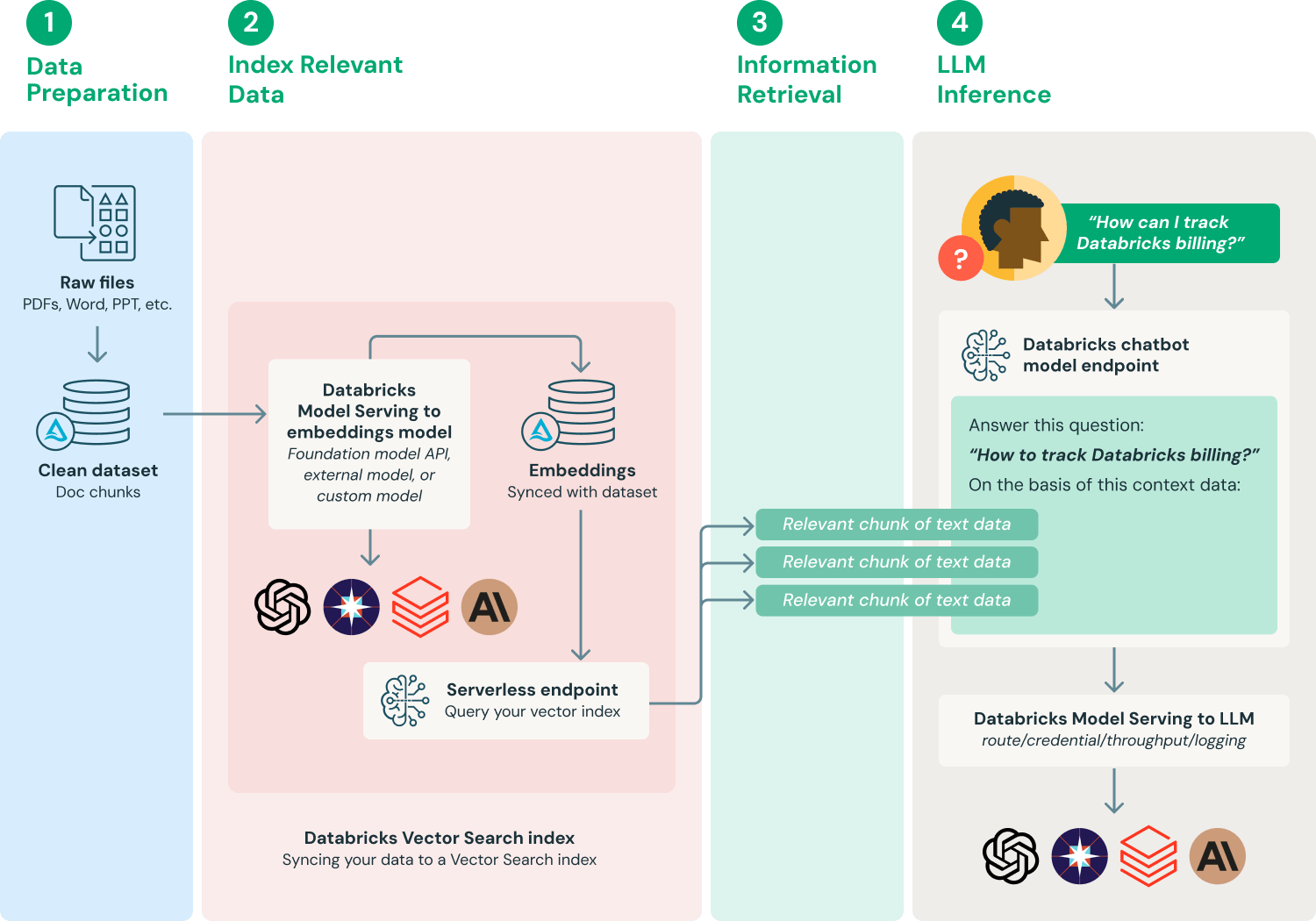
Optimizing for Cost and Performance
Slashing API costs by 97% doesn’t just save money—it changes how you think about trade-offs. Developers can now afford to prioritize performance without obsessing over token limits. For instance, instead of retrieving minimal data to save costs, teams can implement multi-pass retrieval, refining results iteratively for higher accuracy.
Hybrid architectures are emerging as the sweet spot. By combining DeepSeek’s low-cost APIs with on-premise processing, enterprises can offload non-critical tasks while keeping sensitive operations in-house. This approach balances cost, speed, and data sovereignty, which is key for industries like healthcare and finance.
Latency optimization. With more queries in play, bottlenecks can creep in. Use dynamic batching to process queries in parallel, maximizing throughput without sacrificing response times. Cost savings are just the start—smart design unlocks the real value.
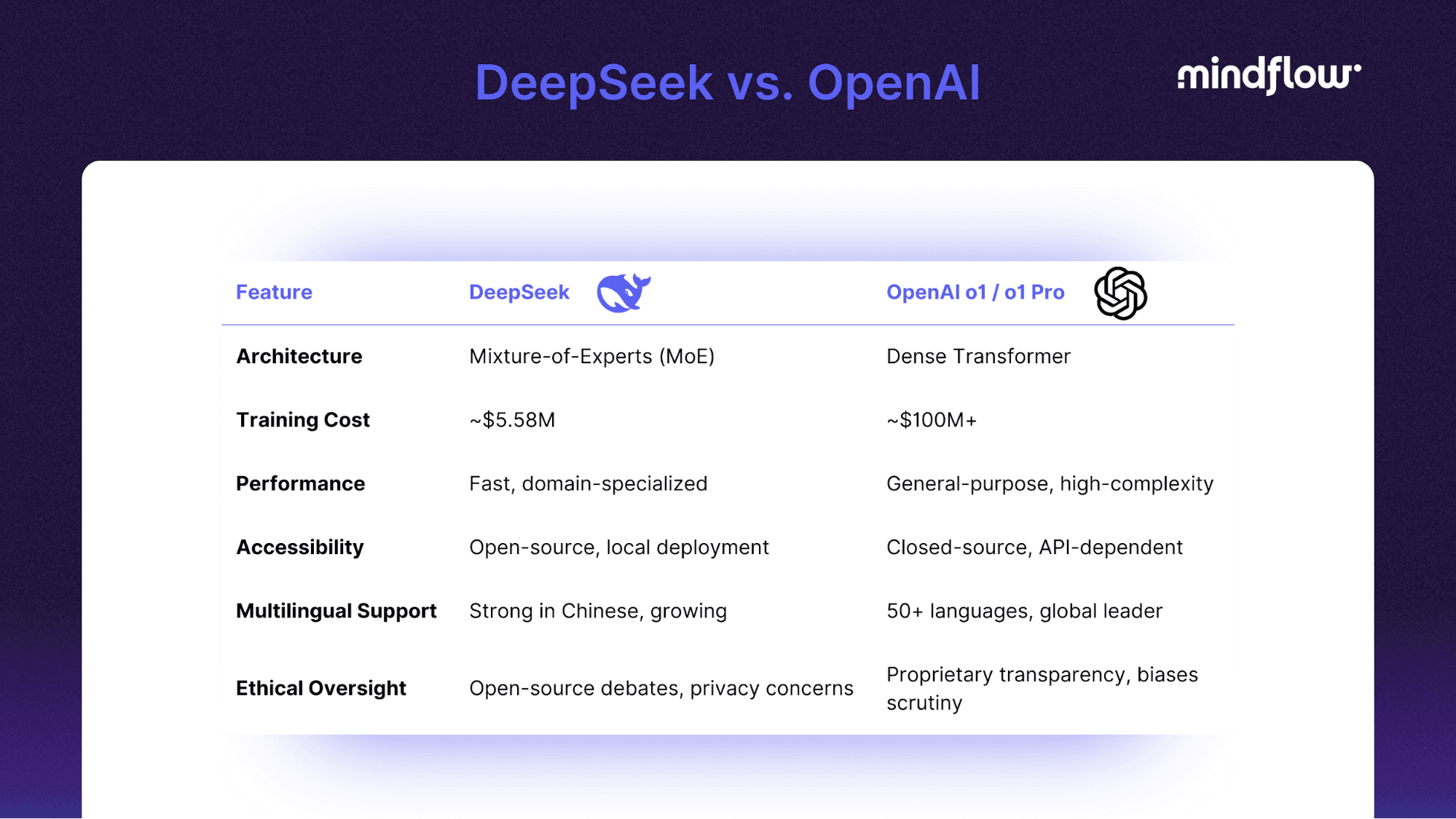
FAQ About DeepSeek Cost Revolution
What is the significance of DeepSeek’s 97% cost reduction for API calls in RAG architecture design?
DeepSeek’s $0.55 per million tokens enable 27x more queries, making high-volume AI applications feasible for startups. This cost efficiency allows richer retrieval strategies, better embedding alignment, and more iterative AI tuning without financial constraints.
How does DeepSeek’s pricing model impact the scalability and accessibility of RAG systems for smaller enterprises?
With significantly lower API costs, small businesses can afford high-volume AI processing previously exclusive to tech giants. This enables real-time customer support, personalized recommendations, and data-rich RAG applications—all at a fraction of the price.
What are the key technical innovations behind DeepSeek that enable such drastic cost reductions?
DeepSeek uses Mixture-of-Experts (MoE) architecture, which activates only necessary parameters, slashing computational costs. It also employs reinforcement learning for training efficiency and distillation techniques to optimize models without massive resource consumption.
How can organizations balance the benefits of DeepSeek’s affordability with concerns about data sovereignty and security?
Hybrid RAG architectures help—DeepSeek handles non-sensitive tasks, while proprietary models manage confidential data. Encrypting API calls, using federated learning, and applying role-based access controls further secure sensitive information.
Conclusion
DeepSeek’s cost revolution is more than just a financial breakthrough—it’s a paradigm shift in how we think about AI scalability and innovation. By slashing API costs by 97%, DeepSeek has democratized access to advanced RAG systems, enabling startups and small enterprises to compete in spaces once dominated by tech giants.
Affordable APIs don’t just lower barriers—they spark creativity. Developers can now experiment with hybrid architectures, blending precision and affordability in ways previously unimaginable. DeepSeek isn’t just reshaping RAG—it’s redefining what’s possible.
